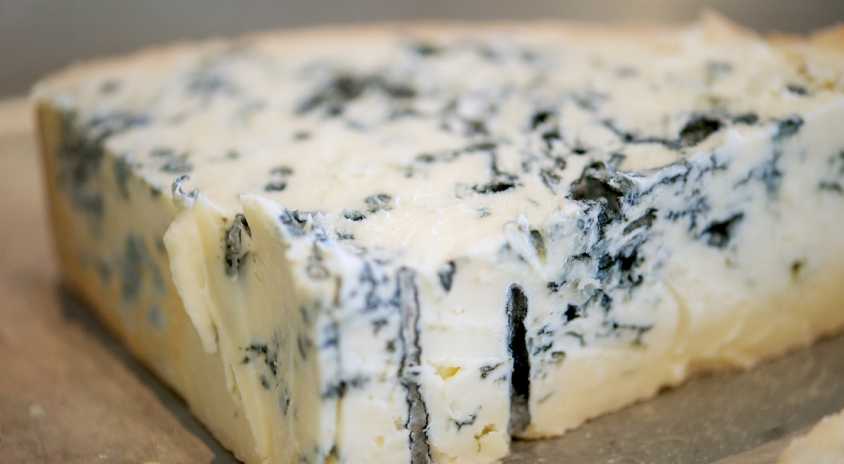
Gorgonzola
A blue Italian cheese, made from unskimmed cows’ milk. It can be buttery or firm, crumbly and quite salty, with a ‘bite’ from its blue veining. Gorgonzola has been made since the early Middle Ages, but only became marbled with greenish-blue mold in the eleventh century. It is frequently used in Italian cooking. The name comes from a small town near Milan, Italy where the cheese was first made.
Gorgonzola is made in the regions of Piedmont and Lombardy from whole pasteurized cows milk to which is added a bacteria, which brings about the blue mould growth.
Recently Penicillium roqueforti has begun being used to make Gorgonzola, besides its use in Roquefort cheese. During the aging process, metal rods are inserted into the cheese. This creates air channels which allow the mould spores to germinate and create the characteristic veining. Gorgonzola is typically aged for three to four months. The length of the aging process determines the consistency of the cheese. A firm Gorgonzola is aged longer than a creamy Gorgonzola. It is usually sold wrapped in foil.
Within the European Union, Gorgonzola has been given a Protected Designation of Origin status. In Italy, Gorgonzola is one of only three Italian cheeses that qualifies to be classified as DOC (Denominazione di Origine Controllata),